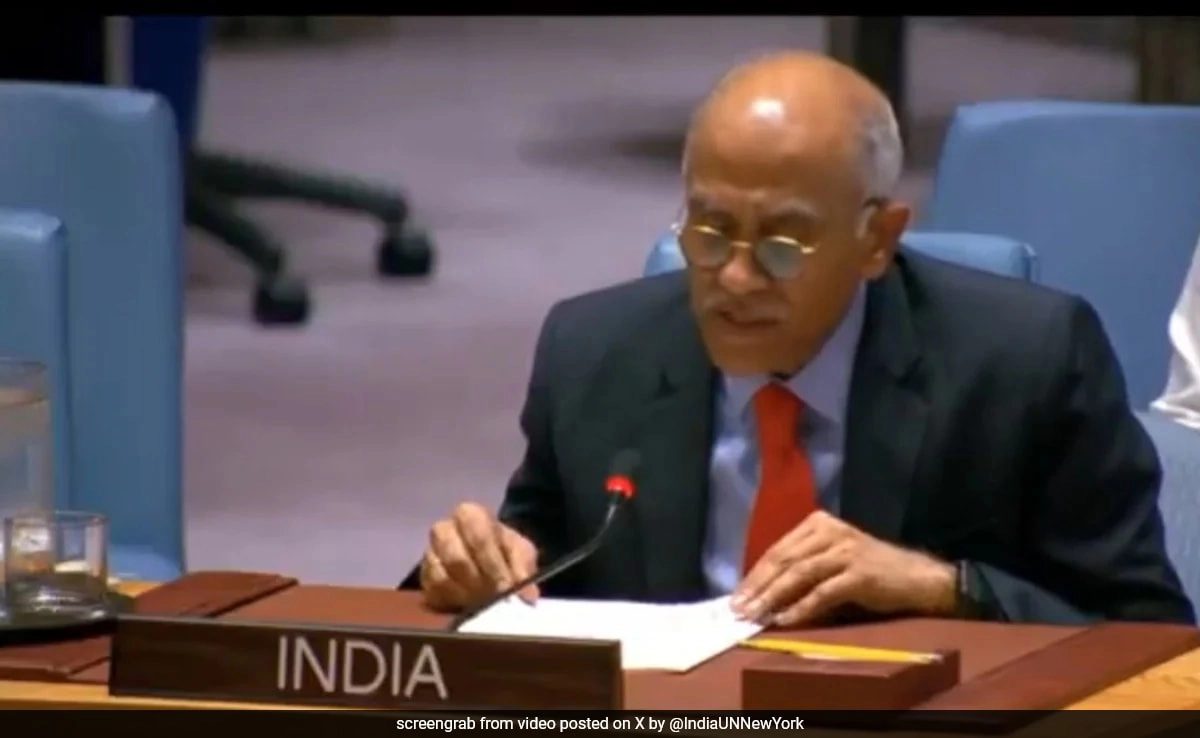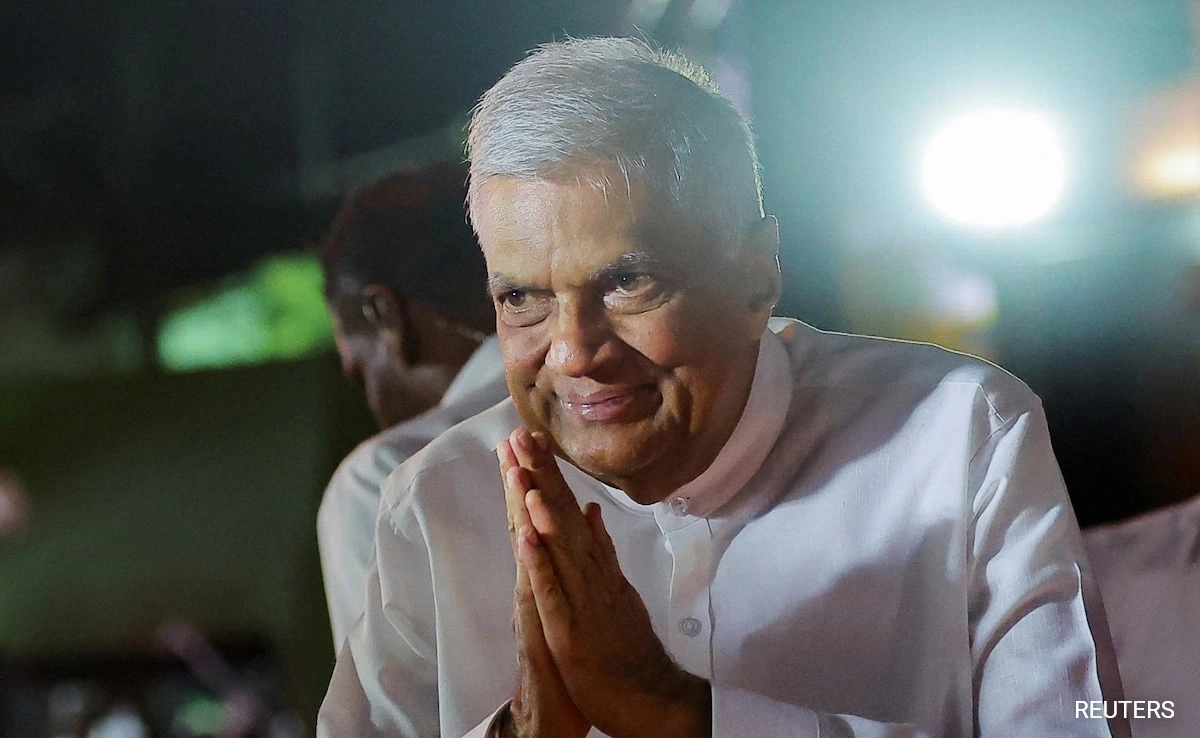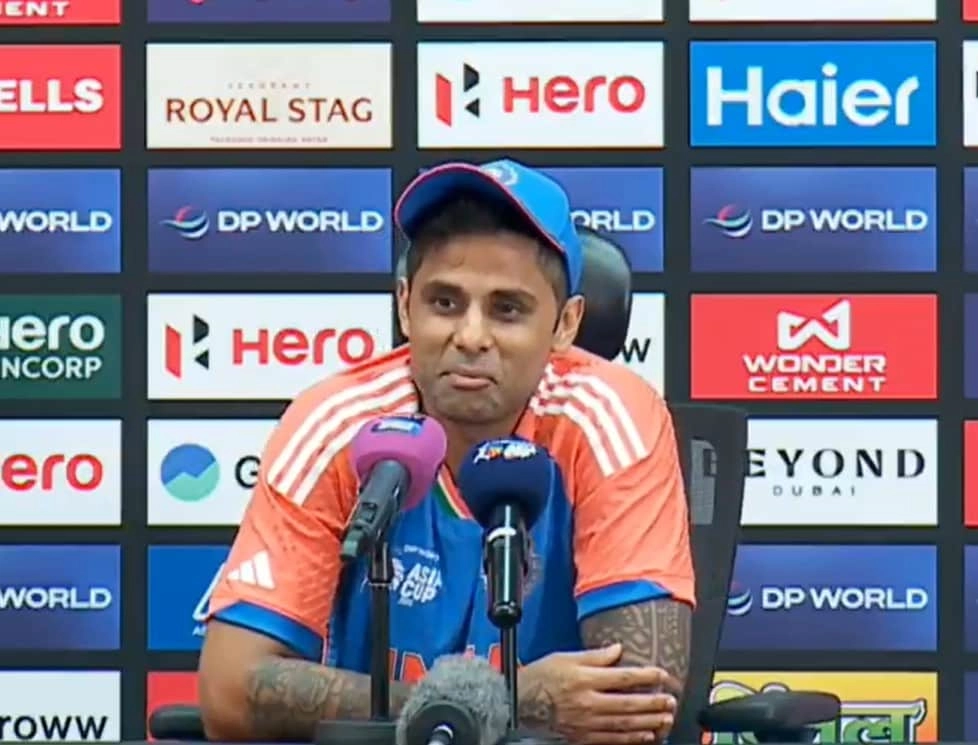During a recent United Nations session, Indian officials highlighted the stark contrast between India’s burgeoning economy and Pakistan’s ongoing struggle with debt. As India continues to experience robust economic growth, it has positioned itself as one of the world’s fastest-growing major economies, leveraging its demographic advantages and technological advancements. The Indian government has undertaken significant reforms and initiatives aimed at enhancing investment and fostering innovation, which have collectively contributed to an optimistic economic outlook. This progress has not only improved living standards for many citizens but has also made India an attractive destination for foreign investment, further fueling its economic momentum.
In stark opposition to India’s economic ascent, Pakistan has been characterized as a “serial borrower,” grappling with persistent financial challenges. The country has frequently turned to international financial institutions for loans to manage its fiscal deficits and sustain its economy. Such reliance on borrowing has raised concerns about Pakistan’s long-term economic stability and growth prospects. As the nation struggles to implement effective fiscal policies, the implications of its debt burden become increasingly severe, affecting public services and essential infrastructure development. This cycle of borrowing and economic vulnerability underscores the need for comprehensive reforms and a sustainable economic strategy in Pakistan.
The divergence in economic trajectories between the two neighboring countries illustrates broader regional dynamics and the implications for geopolitical stability. While India positions itself as a leader in the South Asian region, Pakistan’s economic difficulties may hinder its ability to play a proactive role in regional cooperation. The contrasting economic narratives also reflect differences in governance, policy execution, and strategic priorities. As India continues to rise on the global stage, it presents itself as a counterpoint to Pakistan’s struggles, potentially influencing foreign relations and investment flows in the region.
In summary, the discussions at the UN have spotlighted India’s impressive economic growth compared to Pakistan’s reliance on external borrowing. This dynamic not only affects internal policies and development but also shapes the geopolitical landscape of South Asia. As India forges ahead, the need for Pakistan to adopt effective economic reforms becomes increasingly critical to ensure its own future stability and growth. The international community watches closely, recognizing that the economic paths of these two nations will significantly impact regional security and collaboration for years to come.




